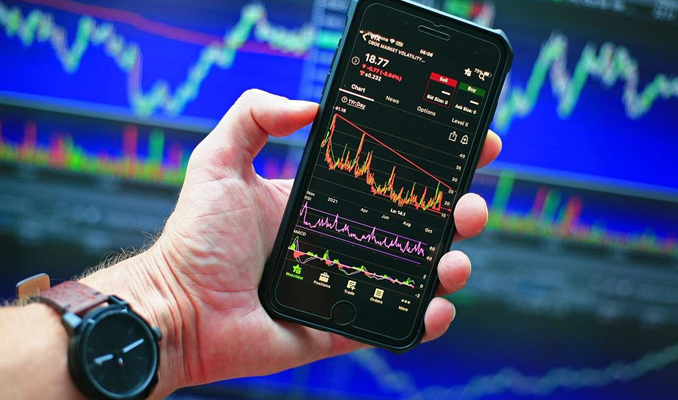Since the beginning of the industrial revolution, the problem of climate change has been quite prominent throughout the world.
Nonetheless, now, the situation has been much more alarming than ever.
According to NASA, currently, the air we are breathing contains 417 parts of carbon dioxide per million. Besides, the global temperature of the earth has increased by 1.01℃ since 1880.
There was a time when the issue of climate change was just another environmental issue.
But, with how it’s been increasing, the problem has begun affecting the segment of business and investment as well. However, like anything else, this issue can be solved as well – with the usage of the climate risk disclosure.
Please keep reading to know more about it and why it’s essential for your business.
What Is Climate Risk Reporting?
It is as the name suggests.
Climate risk reporting is all about offering information about how your organization is affecting the current state of the weather. Knowing about it can help a business adjust its marketing strategies efficiently and mitigate the loss of revenue effectively.
Usually, a climate risk report is created with the help of another company that has some sort of expertise in this subject. Also, this procedure must be done at least once a year so that you can avoid the incoming issues as efficiently as possible.
Types Of Climate Risks
Usually, the issue of climate risk can be broken down into two categories – transition risk and physical risk. Each of them is pretty different, especially from the core viewpoint. Therefore, knowing about them might be beneficial in terms of tackling the adversaries properly.
Type – 1: Physical Risk
A physical risk arises directly through the alterations in the global weather pattern, which is caused by your company. For example, if you’re working in an industrial segment and put your waste in the nearby river, it might lead to water pollution.
Type – 2: Transition Risk
A transition risk might appear due to the implementation of a new policy or legislation by the government. However, most of the currently-offered policies are geared toward building a carbon-free economy. So, as an organization, you must follow the same to reduce your carbon footprint.
Why Is The Importance Of Carbon Risk Disclosure?
The subject of carbon risk disclosure can be pretty crucial for an organization, both in terms of organizational and environmental aspects. Please keep reading to know more about it.
- A climate risk disclosure report can help a company learn about its carbon footprint. So, they can work accordingly to reduce the same and create a healthier environment.
- The report can also help an organization in ensuring proper governance on the usage of risky tools and performing adequate waste management.
- With the disclosure, you can define a wide range of scenarios about how the climate is changing. Hence, it might be easier for you to evaluate the impacts on your business.
- If you want, you can also share your climate risk disclosure with another organization in the same industry. It’ll help you strengthen your relationship with the corporation while ensuring the safety of the environment.
- Without a climate risk disclosure, the investor will also have no idea about what they are investing in. Thus, they might end up losing a part of their investment.
How Should A Climate Risk Report Be Created?
When you’re making a climate risk report, you should always be as thorough as possible. The following are some of the principles you should follow while you’re at it.
- The disclosure needs to be relevant in terms of information while adding as much data as possible in it. Following a comprehensive mentality will help an organization look past its mistakes and avoid making the same ones again.
- The structure of the report should be consistent and progressive. For example, you can start your journey by creating a bland chart at the beginning. However, from then on, you must add new data whenever you create another report later on.
- The language or data inclusion of the disclosure should be lucid and easy to perceive. This way, the shareholders of the company can capture and authenticate the details. For example, if your company has reduced its carbon emission by 20%, don’t forget to highlight it in the report. And add a “proof” of the same as well.
- Finally, add a statement on how your rival organizations are doing in the department of climate risk prevention. It will make your report more comparable and let you know where you stand against them.
The Bottom Line
Creating a climate risk disclosure report is all about shedding light on how your company is being run. This way, it will be easier for you to make proper changes accordingly and make sure that you’re partaking in saving the environment.
Yes, as we have said before, a climate risk disclosure report can be created by you or another person with the required expertise. Nonetheless, it’d be best if you opted for a dedicated service for the same. This way, you can minimize the risk of making errors to some extent.













Comments